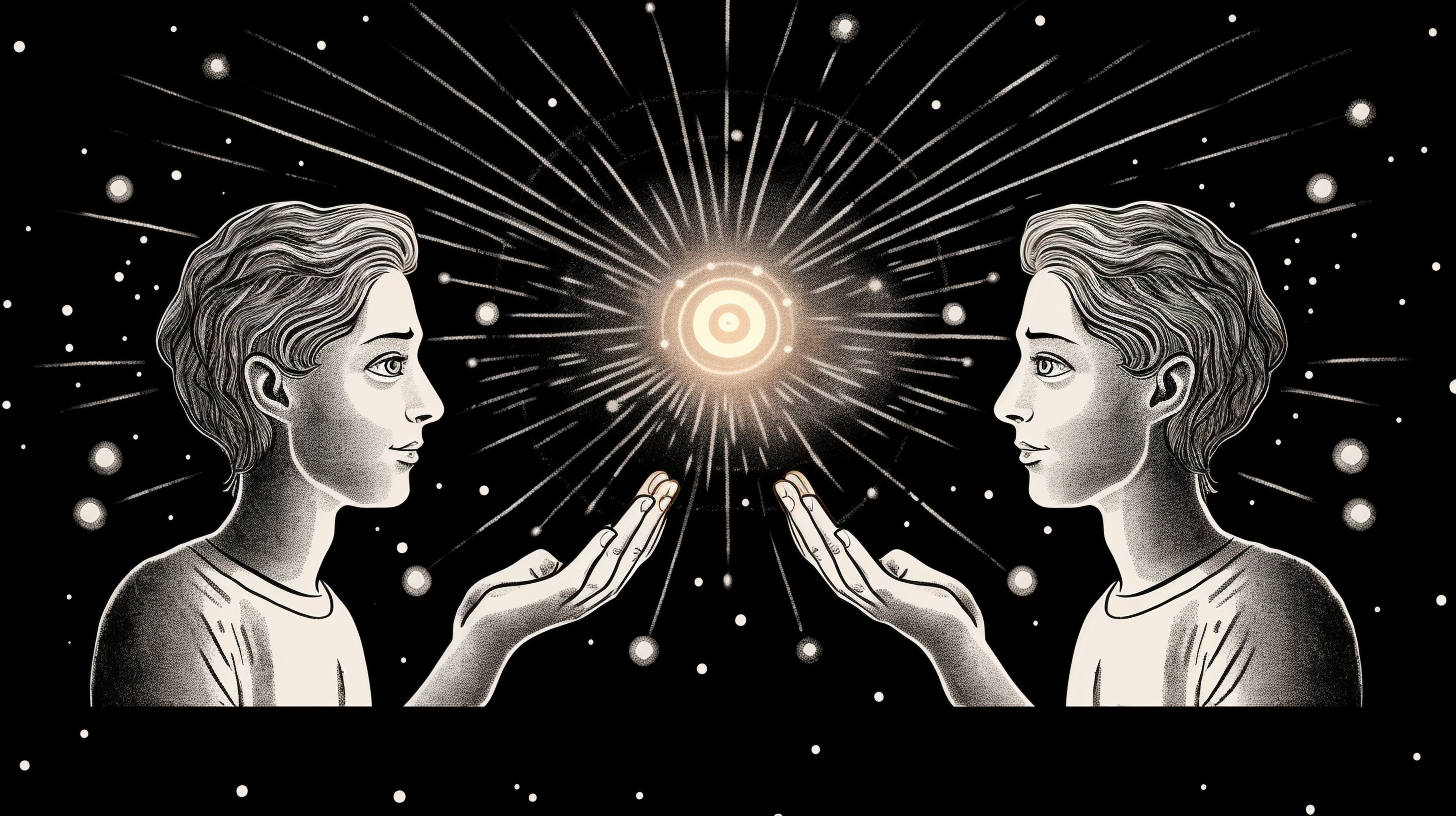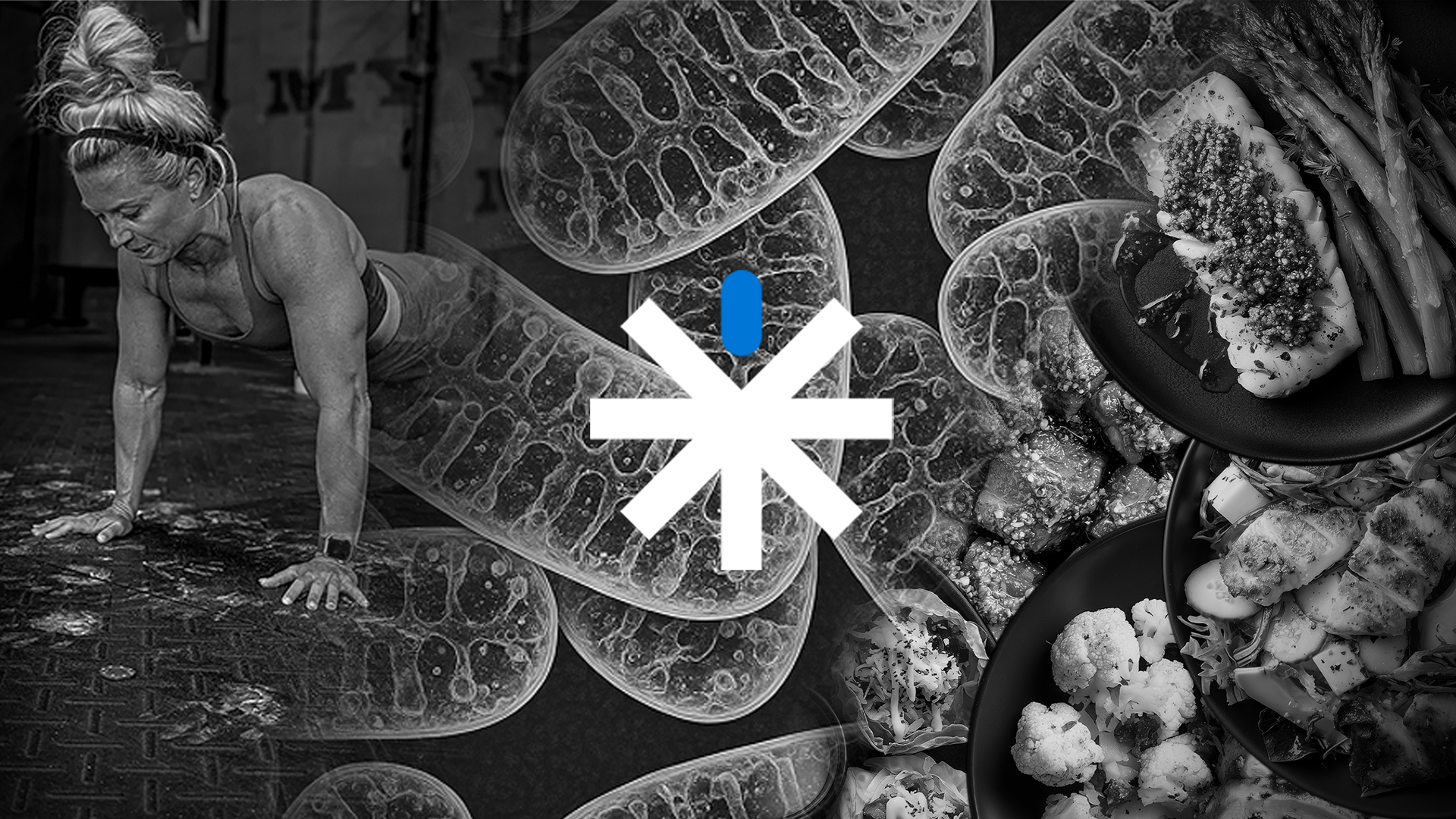Summary
This book examines a wide variety of psychic and paranormal phenomena, including:
Telepathy: the ability to gather information about another person's thoughts.
Clairvoyance: the ability to “see” or know things without using your senses.
Precognition: the ability to know things before they happen.
Psychokinesis: the ability to move or influence physical objects using mental powers.
Astrology: a belief that the positions of celestial objects at the time of a person's birth influences their destiny and personality.
Dowsing: the process of finding hidden objects by using a rod or stick.
Seances & Spirit Communication: a ceremony where a group of people attempt to communicate with the dead.
The paranormal concerns anything that cannot be explained by standard science. Briggs is a skeptic of the paranormal, but this book provides the tools for readers to reach their own conclusions. The book teaches how to test paranormal phenomena, calculate probability scores, and interpret what those scores mean. He emphasizes that any tests used to investigate the paranormal must be unbiased and repeatable. Only then can you know if the phenomena under study are real.
There is a long history of publications in parapsychology. Numerous experiments showing positive results have later been found to involve cheating or sloppy investigative techniques and analysis. Cheating happens when a person uses normal means to fool researchers into believing paranormal powers have been demonstrated. An example he gives were the people who claimed they could bend keys and various cutlery using mental powers. This was a big mystery in the 1970s, but is now well-understood by conventional science.
Briggs defines testing as “The art of deciding whether something is true or not. Also, the steps, procedures, or experiments used to gain evidence of the truth or falsity of a claim.” Most experiments in parapsychology ask test subjects to guess a random number or the identity of a hidden object. Any correct answer is called a hit, match, or positive response. A probability score is the likelihood of a hit. A low probability score (a value close to 0) means it is less likely the result was due to chance and that an actual parapsychological ability has been demonstrated. It is vital that results are reproduced. All too often, an overzealous researcher publishes a positive result, only to have it fail to replicate later.
The book teaches a simple way to understand probability. Think of the potential number of ways of getting a positive response or a hit. If you are rolling dice, there are six possible outcomes and only one is a hit. The probability of guessing correctly is ⅙. If you flip a coin twice, the probability it will come up heads at least once is ¾. There are four possible outcomes (TT, HT, TH, HH) and the only bad outcome is tails coming up twice. That leaves three potential hits out of four possible outcomes. The book provides a table of probability calculations to make it easier for readers when they run their own tests.
Probability is explained as the likelihood that something will happen, with a range of values from 0 (it cannot happen) to 1 (it must happen). Numbers in between describe the degree of uncertainty an event has. Two different interpretations of probability are explained:
Frequentism: the chance an event occurs given a large number of opportunities to occur.
Subjective probability: your degree of belief about the likelihood of an event.
Probability can also be understood as a degree of surprise. How likely is a certain number of hits if you have no psychic abilities? A small probability value would indicate a high degree of surprise. This assumes that any unusual number of hits were the result of psychic powers. So, a low probability would cast doubt on the hypothesis that no psychic forces are involved.
Briggs warns that a probability value does not answer the question of whether or not someone is a psychic. It is simply the probability of getting the same or more hits than you got, assuming you are not psychic.
He also mentions the “Law of Truly Large Numbers” to explain coincidences. These rare events might seem improbable until you realize there are a great number of potentially improbable events and opportunities for them to occur. A high number of hits on a test is unlikely, but it is expected to happen if the test is run many times. It is a far less likely coincidence that a person will get a high score repeatedly. The probability of two events is calculated by multiplying each event's probability together. A one in a thousand event happening twice has a probability of one in a million. This is why replication is so important.
One issue with coincidences is that people tend to identify them after the fact. Psychologist Carl Jung cataloged a large number of unlikely co-occurrences and proposed the Law of Synchronicity to explain them. However, he had no probability of their likelihood before they happened and none were predicted beforehand. Briggs proposes the “Law of Unsurprising Surprises” to explain that any set of data can be analyzed to find something surprising. When conducting tests, only the specific event you are looking for can be called surprising and nothing else. If you are open to multiple possibilities, this is called multiple endpoints, and it explains a lot of fakery. One example is in a “cold reading”, where a psychic attempts to state facts about a stranger. A vague statement like “you have been having problems with your boyfriend” can be interpreted multiple ways, which increases the chances of a hit.
Another important concept in testing is sensory leakage. This is surprisingly hard to eliminate. It can happen when a researcher is giving non-verbal cues to a subject that they are getting a response correct. If the researcher smiles whenever the subject is getting warm, this could influence the results. Any subtle clue that could influence the results fall under this category. Any time the person running a test can influence the results is called an experimenter effect. This could be a doctor who is testing a new drug and inadvertently gives the placebo to less sick patients and the real drug to the sickest patients. One technique to avoid this is double blinding, where neither the researcher or subject knows what group the subject is in.
The main chapters of the book give the history of a paranormal phenomenon and several tests the reader can do at home. The book lists the steps and materials required, how to score the test, and detailed information about what can go wrong.
The book concludes with a definition of skepticism:
The cautious attitude of questioning and healthy doubt that should be the first reaction upon hearing an extraordinary claim.
Errors can happen and Murphy's Law (“everything that can go wrong will go wrong”) is ever present in parapsychology studies. This list of things that can go wrong is lengthy: improper experimental design, bad randomization, sensory leakage, cheating, and you! This last one, the experimenter effect, can be inadvertent but still introduce bias into the results.
Evidence and explanations are an essential part of any theory. An explanation describes the mechanisms of a theory and makes testable predictions. Successful predictions create evidence for a theory. It is the accuracy of its predictions that account for the acceptance or rejection of a theory. In parapsychology, it is very common for believers to maintain confidence in a theory in spite of failed predictions. One major weakness in all paranormal phenomena is the lack of plausible mechanisms to explain their effect. When in doubt, quantum mechanics is often suggested as a mechanism. Briggs offers a brief explanation of quantum mechanics and describes it as “discrete mechanics” to take a bit of the mysteriousness out of it.
Briggs encourages readers of this book to be skeptical, even though some people might call them close-minded. Most of the phenomena in this book can never be conclusively disproved. But they should still be rigorously tested. The concept of reasonable doubt applies here. If something is doubtful based on reason or common sense and fails in well-designed tests, it is reasonable to be skeptical of it. Skeptics should remain open-minded and update their beliefs as new evidence comes in. Believers must do the same. Before an experiment, they must state what evidence would be necessary to overturn their beliefs. If no evidence can sway you either way, then you truly are close-minded, not a skeptic.
This book, So You Think You're a Psychic, is about testing psychic powers and strange phenomena. It talks about things like reading minds, seeing the future, and moving stuff with your mind. It also covers astrology, using sticks to find things buried underground, and talking to ghosts.
The author, William Briggs, wants readers to test these ideas themselves. The book shows how to do experiments. It teaches how to figure out the chance the results of an experiment happened by luck or if something surprising actually happened.
It's really important that tests are fair and repeatable. In the past, many experiments that seemed to show psychic powers had big mistakes. Some people cheated on the tests. Other experiments had errors or should have been repeated.
A key idea is probability - the chance something happens. Hits are correct guesses. More hits than expected might show psychic powers are real. But hits can also happen by luck if you try enough times. Doing the test again helps tell if hits were just by chance.
The book explains how to do simple experiments at home. It lists materials needed and possible problems to look out for. Sometimes an experiment will show someone was psychic, but they actually just saw clues that helped them make better guesses.
People come up with all kinds of explanations to explain psychic abilities, but none are very good. Briggs says we should doubt claims until they've been tested. It is not always possible to prove something wrong, so it's okay to use your best judgment. Skeptics should stay open-minded to new evidence. Believers must also be willing to change their minds. If no evidence could change your belief, then you are close-minded.
--------- Original ---------
Do you think you or somebody you know might have psychic powers? This book lets you test if you or friends have actual psychic or spiritual powers. The tests in the book are all 100%% scientific and are the same as those found in genuine parapsychology labs, but each can be done with nothing more than common household items. There are tests for telepathy (ESP), clairvoyance, astrology, telekinesis, astral projection, psychometry, dowsing, and many more. You do not need to know anything about these subjects to do the tests. Every step, from set up to scoring, has been done for you. All you have to do is to have fun! The author has a Ph.D. in statistics from Cornell University, and is currently a professor of statistics at the Cornell Medical School.This book, So You Think You're a Psychic, is about testing psychic abilities like telepathy, seeing the future, and moving things with the mind. It also covers astrology, using sticks to find things buried underground, and talking to spirits.
The author William Briggs wants readers to test these claims themselves. The book shows how to set up experiments and calculate the chance the results are truly surprising, or just random luck.
It's really important that tests are fair and repeatable. In the past, flaws ruined many experiments that seemed to show psychic powers. People sometimes cheated. Many tests were not well designed or should have been repeated.
Probability is a key concept in the book. It measures how often something happens if repeated many times or a degree of belief a person should have. Correct guesses in psychic experiments are called “hits.” A large number of hits is unlikely, but might indicate psychic abilities. Hits can also happen by luck. Getting an unlikely result more than once is rare, so it's important to test repeatedly.
The book explains how to do simple experiments at home. It lists materials needed and possible problems to watch for. For example, it might seem like someone is psychic when they're really just seeing subtle clues that help them guess.
People come up with all kinds of explanations to explain psychic abilities, but none are very convincing. For example, they try to say Quantum Mechanics explains it, but they don't know what this really means. Briggs says we can't disprove the paranormal entirely, but we should test claims thoroughly and use our common sense to decide when enough testing has been done. Skeptics should stay open-minded to new evidence. And believers must also accept evidence against their views. If nothing will change your mind, then you are close-minded, not a skeptic.
Homeschool:
Course Title: Understanding Web-Based Resources
Week 1-2: Introduction to HTTP errors
Objective: To understand what HTTP errors are and their various types.
Task 1: Understand what an HTTP error is
Task 2: Learn about various HTTP errors
Task 3: Focus on HTTP error 503
Week 3-4: Analyzing the HTTP error 503
Objective: To understand when and why HTTP error 503 occurs.
Task 1: Understand the concept of 'Server Error: Service Unavailable.'
Task 2: Discuss potential causes and solutions of HTTP error 503
Week 5-6: Identifying URL Structures
Objective: Understanding the structure and components of a URL.
Task 1: Learn about URL structures
Task 2: Analyze the sample URL and identify its components
Week 7-8: Introduction to Specific Websites
Objective: Learn about https://www.amazon.com and how it works.
Task 1: Introduction to Amazon website
Task 2: Discuss how to search for books on Amazon
Task 3: Understand the function of suffixes and prefixes in book searches on Amazon
Week 9-10: Case in Point
Objective: Understand Amazon's error messages.
Task 1: Discuss why the mentioned URL could have had an error
Task 2: Test alternative ways of searching the same title"
Task 3: Analysis of the Case
Please note this curriculum deliberately doesn't discuss the topic of the book or offers any psychic related lessons because of its fictitious nature. The curriculum merely teaches about the incidental aspect of the web error message that was part of the provided text.
--------- Original ---------
Do you think you or somebody you know might have psychic powers? This book lets you test if you or friends have actual psychic or spiritual powers. The tests in the book are all 100%% scientific and are the same as those found in genuine parapsychology labs, but each can be done with nothing more than common household items. There are tests for telepathy (ESP), clairvoyance, astrology, telekinesis, astral projection, psychometry, dowsing, and many more. You do not need to know anything about these subjects to do the tests. Every step, from set up to scoring, has been done for you. All you have to do is to have fun! The author has a Ph.D. in statistics from Cornell University, and is currently a professor of statistics at the Cornell Medical School.Let's start with the truth!
Support the Broken Science Initiative.
Subscribe today →



